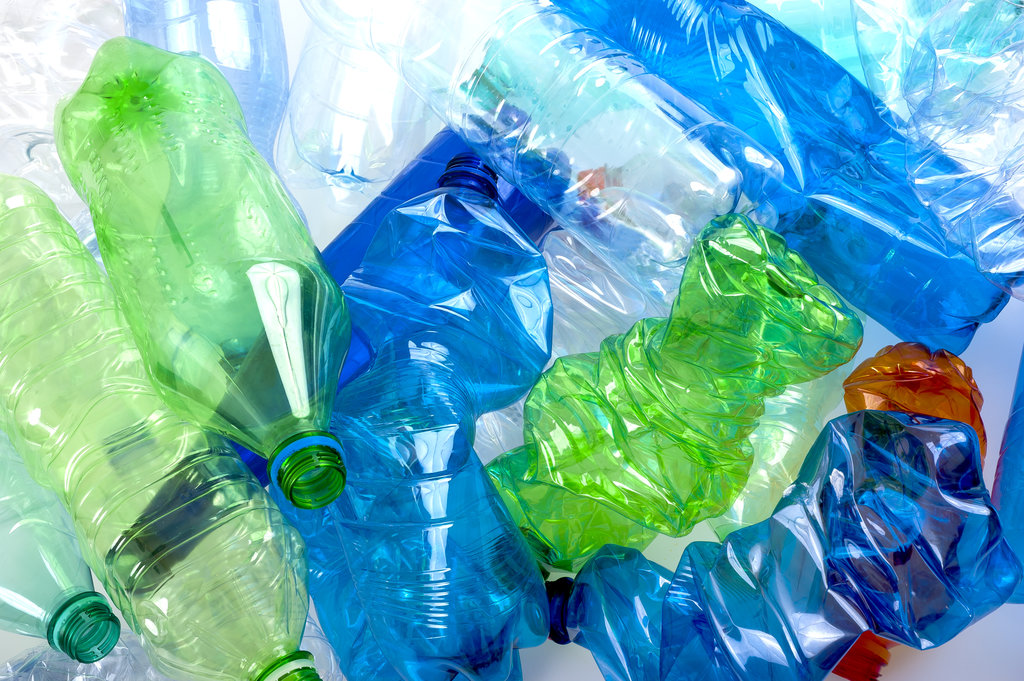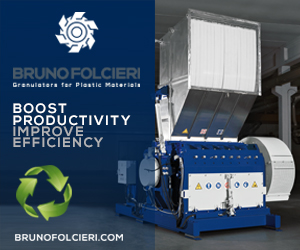
Along with increasing PCR content and producing recyclable products, Graham also reported a reduction in its greenhouse gas emissions. | Scisetti Alfio/Shutterstock
Graham Packaging used an average of 7% PCR in its bottles and reported that 98% of its products were recyclable in 2022.
The company, one of the largest blow molders in North America, also set a series of goals around PCR, recyclability and greenhouse gas (GHG) emissions and engaged with different groups to address challenging plastics such as motor oil containers.
Robert Pyle, president and CEO of Graham, said in the company’s 2022 environmental, social and governance report that achieving those goals “requires deep commitment, innovative thinking and coordinated effort.”
“The return on these investments is a better future – rich with resources as well as opportunities – for all,” he said.
The report also highlighted the company’s approach to mechanical and chemical recycling, which is to use them cooperatively.
“While some 2022 reports questioned the effectiveness of recycling, we see recycling as an ongoing process with constantly shifting dynamics,” the report noted. “As innovations drive rapid change throughout the value chain – from design and manufacturing to disposal – recycling processes continue to adapt, evolve and improve.”
PCR use
The report stated that Graham Recycling Company processed 29,510,027 pounds of post-consumer materials, 3,798,333 pounds of ocean-bound plastics and 3,717,606 pounds of post-industrial material in 2022. That’s a total of just over 37 million pounds.
Globally, the company used 5% PCR in its PET bottles and 10% PCR in its HDPE bottles. It currently is not using any recycled materials in its PP bottles. That averages out to 7%, and the company’s goal is to hit 20% average PCR inclusion by 2025.
The sourcing team at the company spends a quarter of its time on finding recycled materials, the report noted, and is working on a pilot certification program for more PCR traceability.
In 2022, two more Graham sites received ISCC Plus Certification, the report also stated, “allowing our customers to use advanced recycled PCR.” Now, facilities in Ohio, Belgium, Indiana and Spain are certified and the company plans to add more in 2023.
Recyclability
Graham’s goal is to make 100% of its items recyclable, reusable or compostable by 2025 and is currently at 98%. It defines “recyclable” in the U.S. according to three criteria: at least 60% of the population have access to recycling systems for the material, recyclers regularly take, process and sell the material, and the material is regularly turned into a new product.
The remaining 2% of Graham’s products are made of black containers and PVC. PVC is about 0.04% of the company’s total plastics, the report noted.
“We’re developing innovative solutions to offer our customers alternatives to these sources of waste to meet our ambitious recyclability goals – and to help them reach their own,” the report noted.
Those solutions include recommending customers use PET, HDPE or PP, creating an alternative black colorant that is detectable and recommending customers reduce or eliminate unnecessary colorant and labels.
“We’re also exploring what’s possible through engraving or embossing information directly onto the bottle, which has become an award-winning design for Graham,” the report noted. “This not only eliminates label challenges; it can also reduce a brand’s overall plastic use and help to lightweight the finished product – all wins for sustainability.”
It plans to not add any new non-recyclable products to its portfolio and to remove non-recyclable products from the portfolio by 2025. Graham is also exploring bio-resins, the report stated.
Chemical recycling
The term “chemical recycling” (sometimes “advanced recycling”) generally refers to a wide array of processes that use heat, pressure and solvents to break down the molecular chains of polymers into liquids or gasses that can then be processed into fuels, oils, waxes, new plastics or other chemical products.
Graham’s report stated that “we see advanced recycled material as an important complement to mechanically recycled PCR, particularly for food-grade rHDPE and rPP.”
One example is oil containers. Graham is a founding member of the National Lubricant Container Recycling Coalition, which seeks to divert more oil containers from landfills.
While Graham’s oil bottles are made from HDPE, once they come in contact with oil, they’re no longer recyclable curbside. The company said chemical recycling is a possible alternative for the containers instead. A 2022 pilot program diverted 760 pounds of oil containers from landfill, the report noted.
Other environmental moves
The company also saw a 17% decrease in scope 1 greenhouse gas emissions and a 10% decrease in scope 2 emissions, compared to 2021, the report stated. Graham’s goal is a 30% reduction from a 2020 baseline by 2030. Overall, the company is at a 6% reduction from the 2020 baseline.
In addition, all plants completed a waste stream determination log to help the company identify improvement opportunities. The report noted that in 2022, the company recycled or incinerated 72% of its waste and landfilled the remaining 28%.



